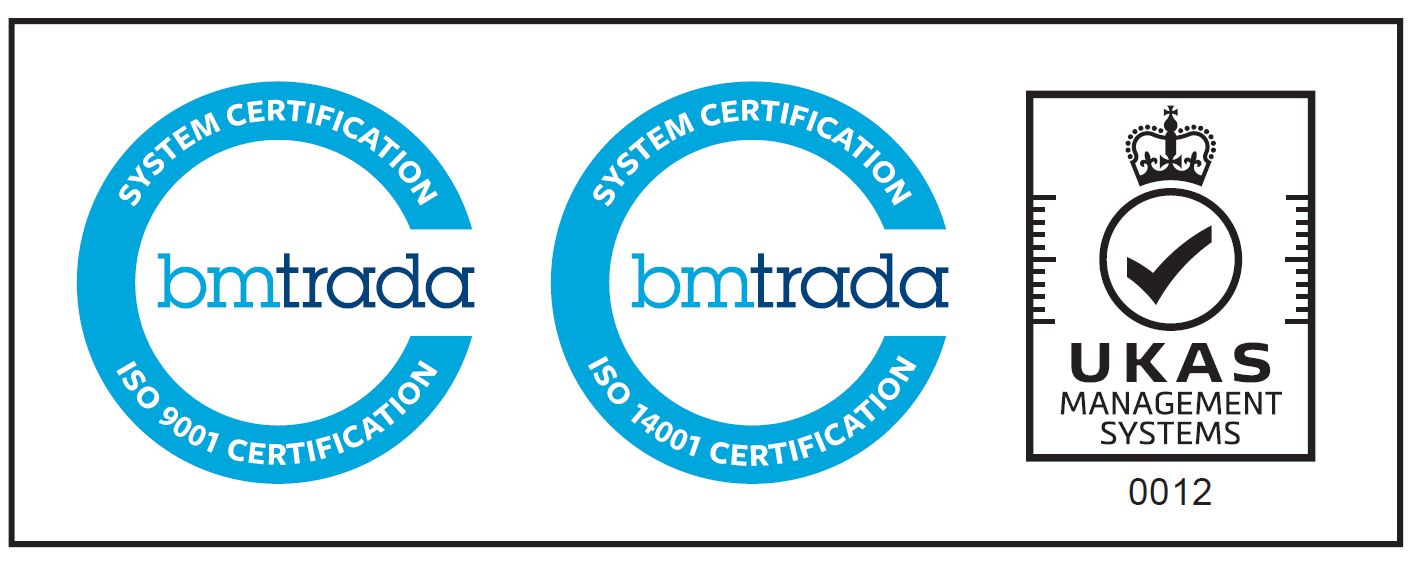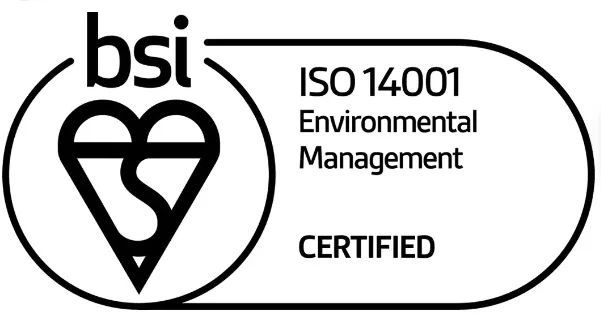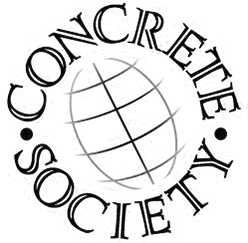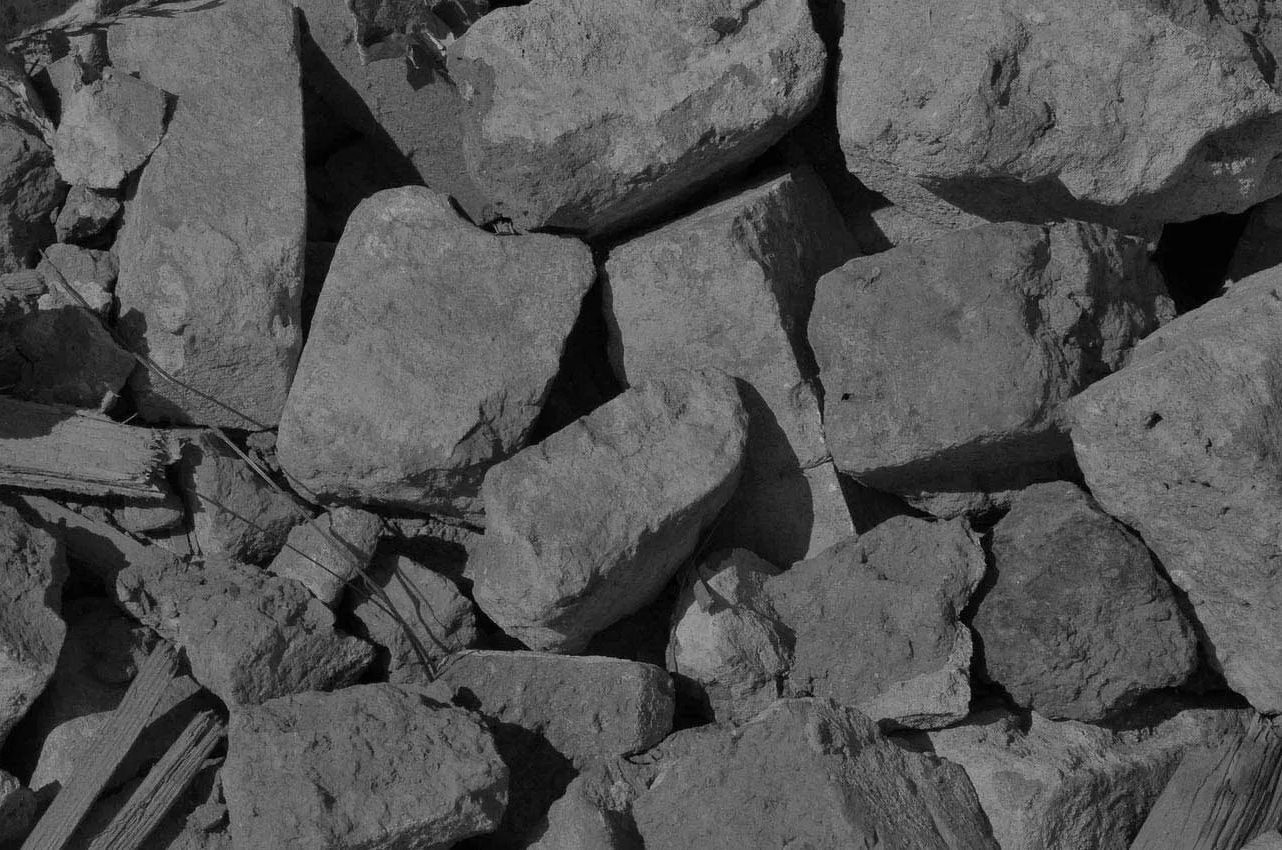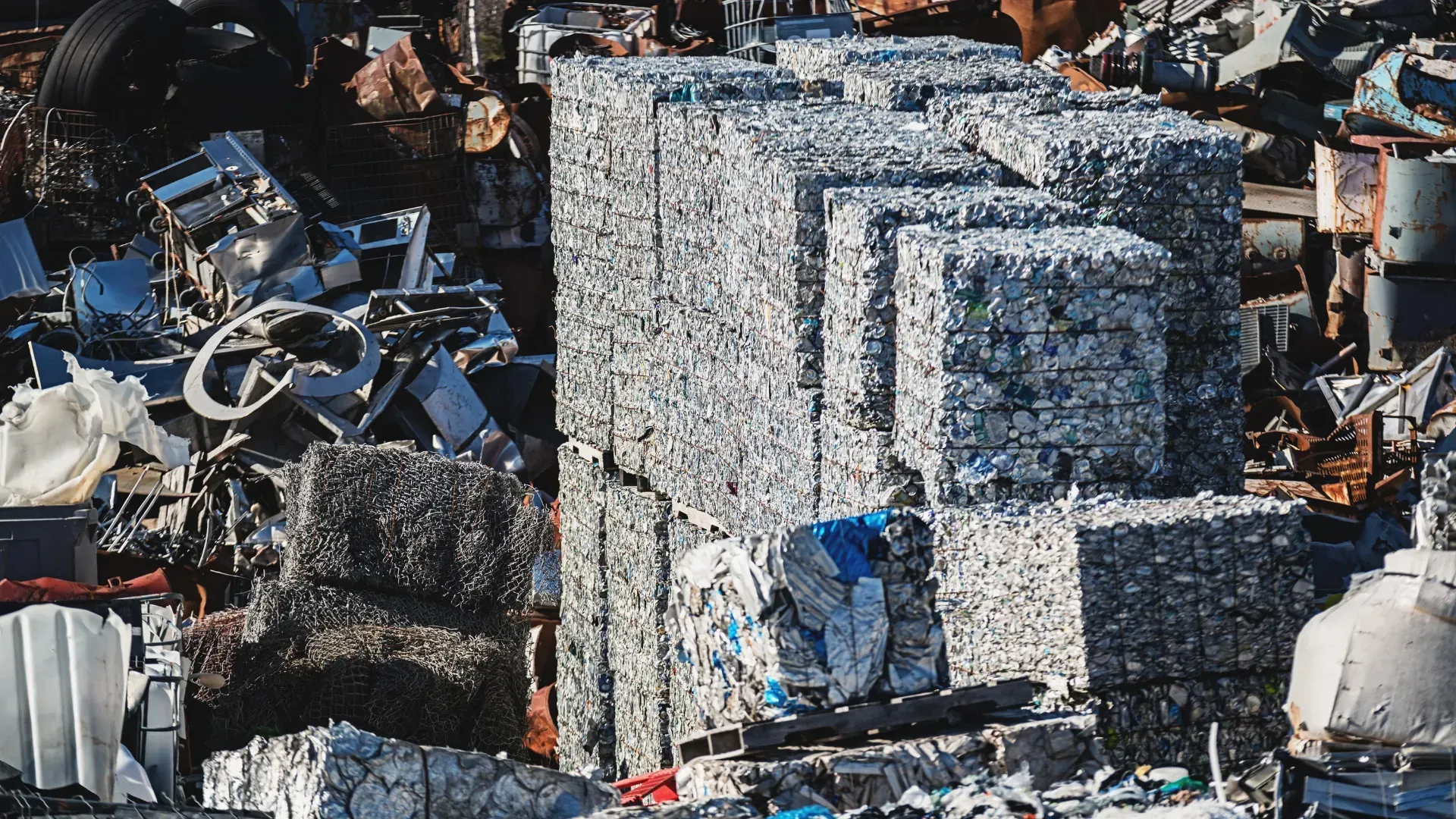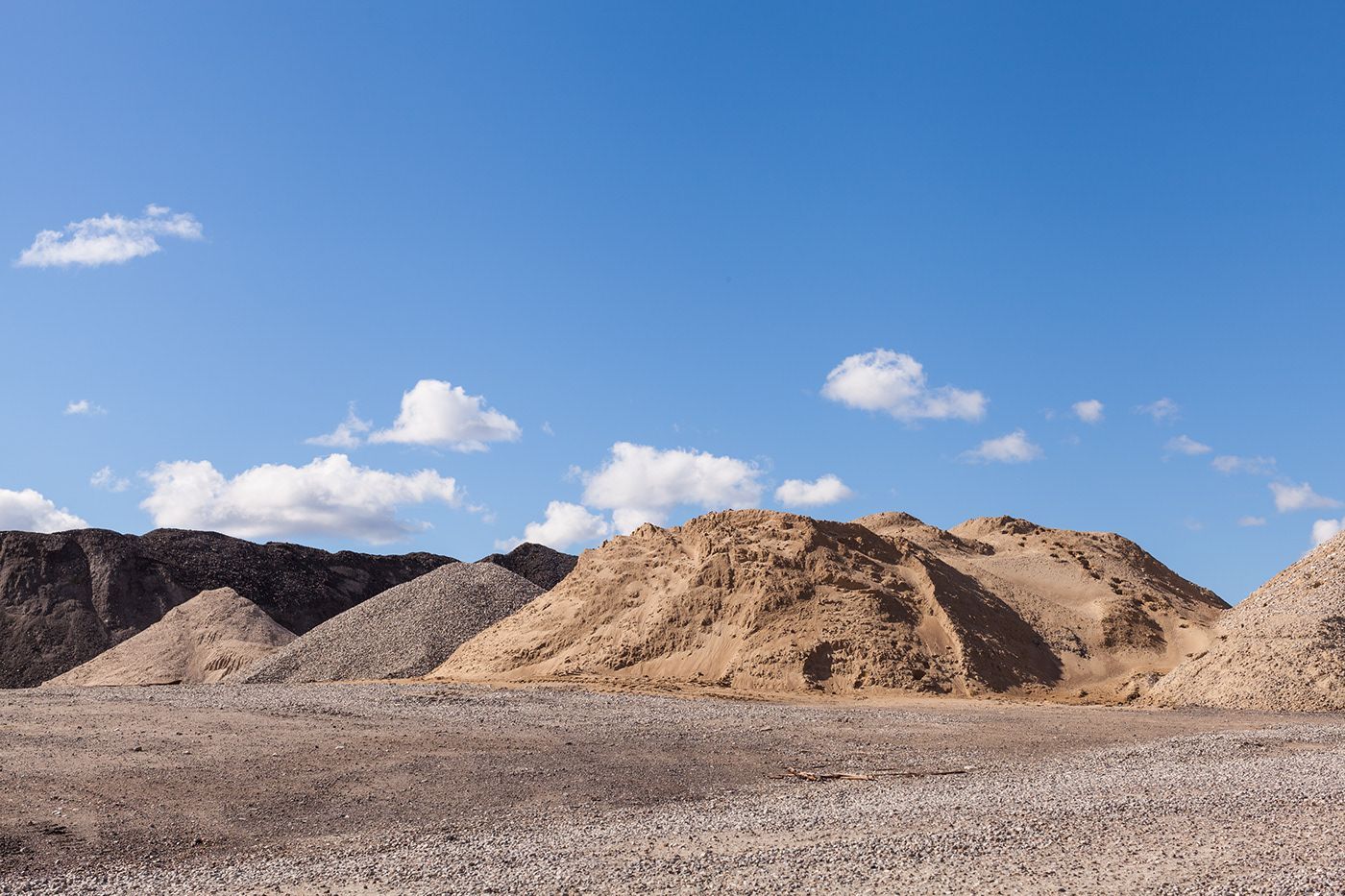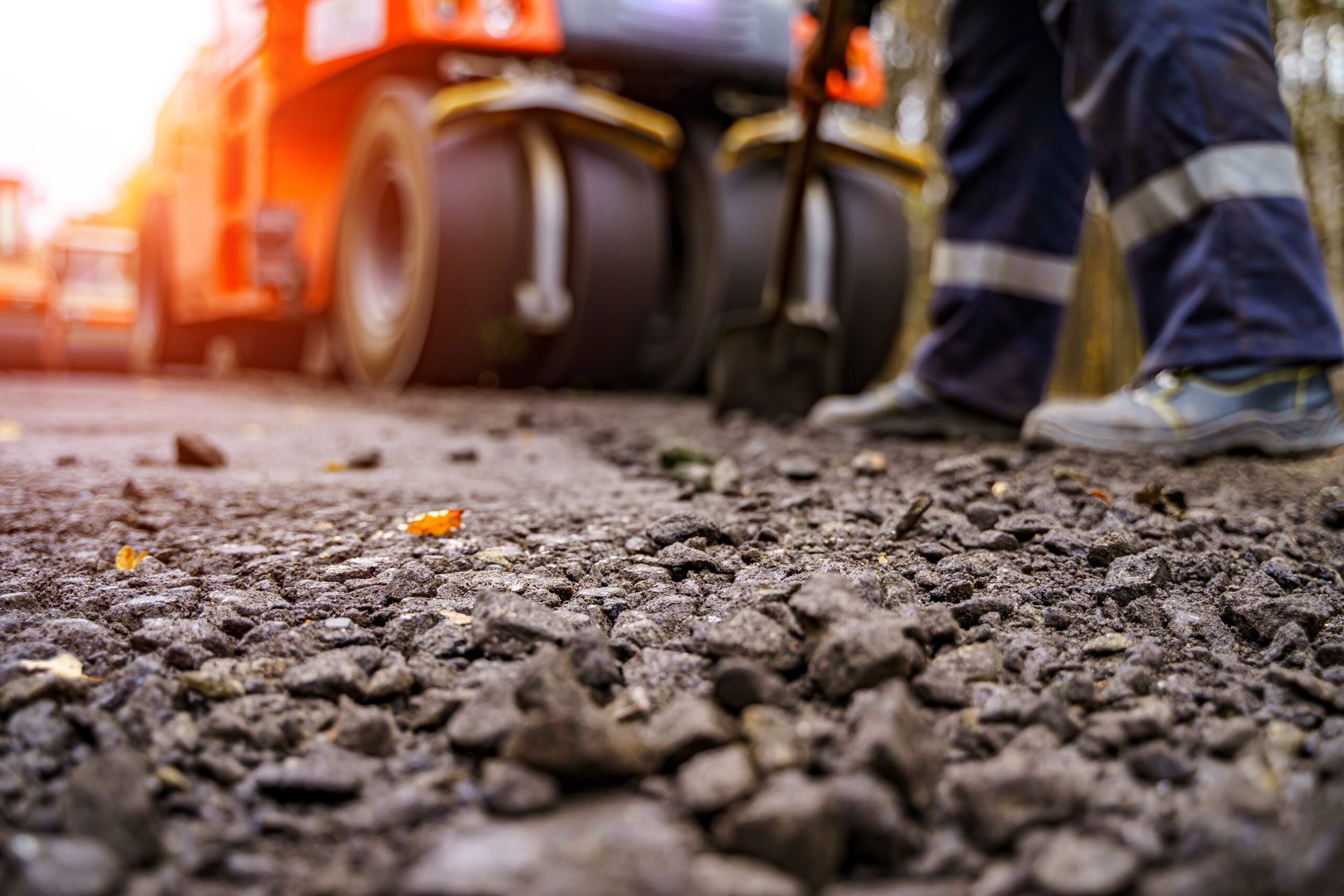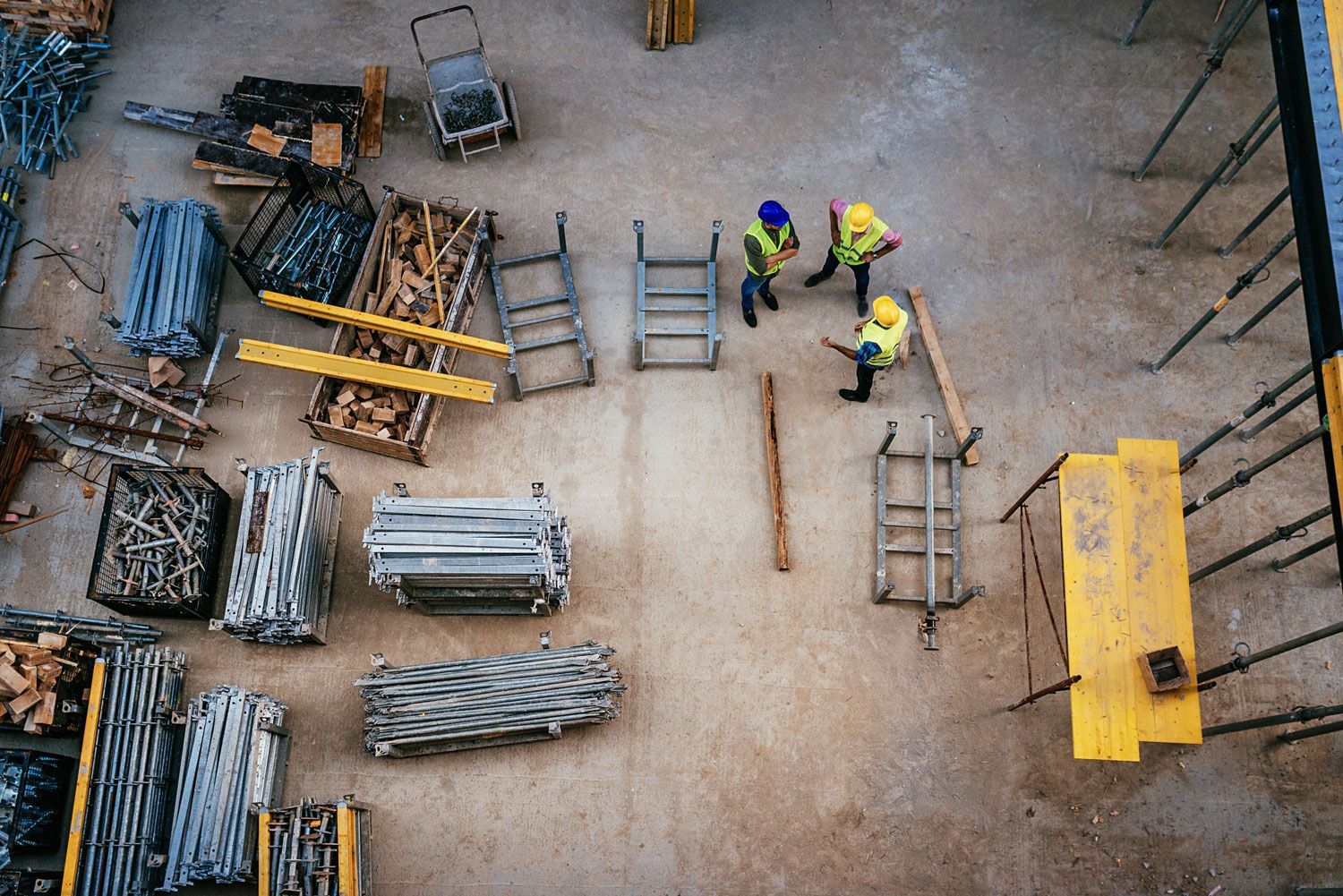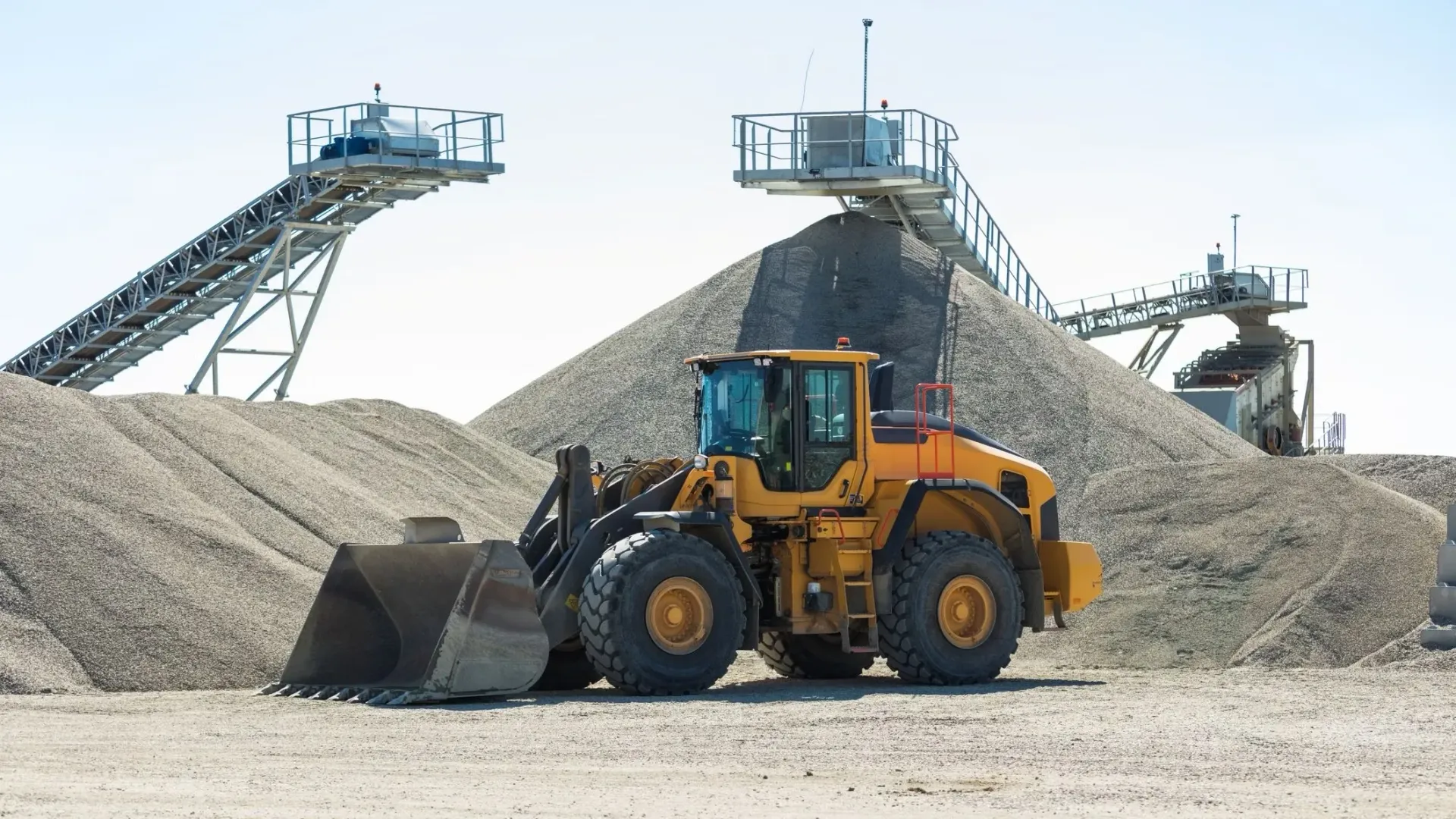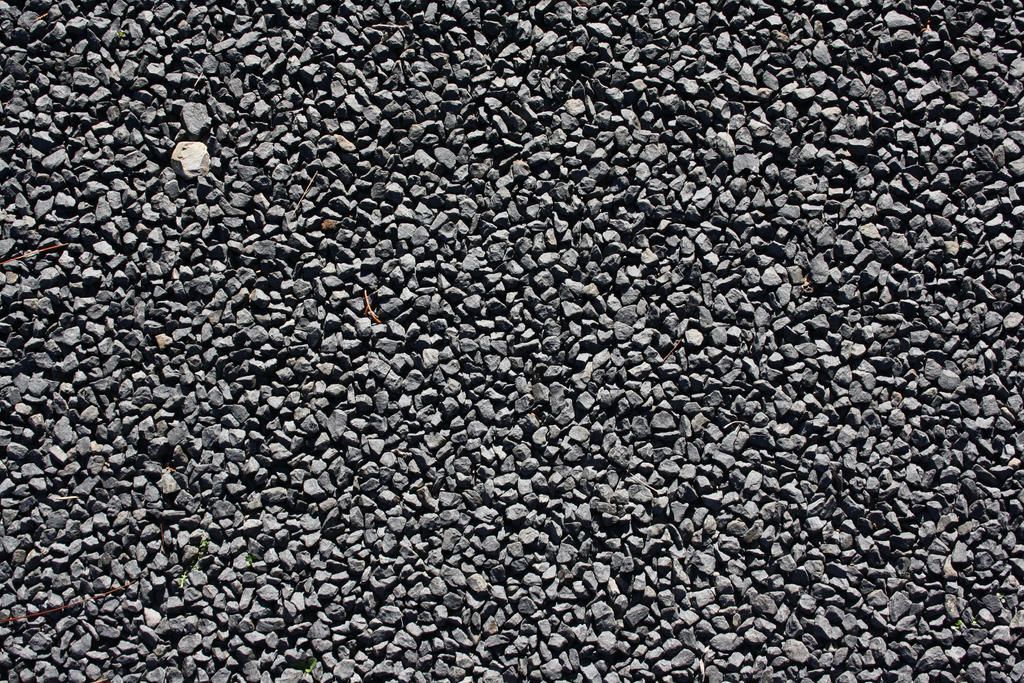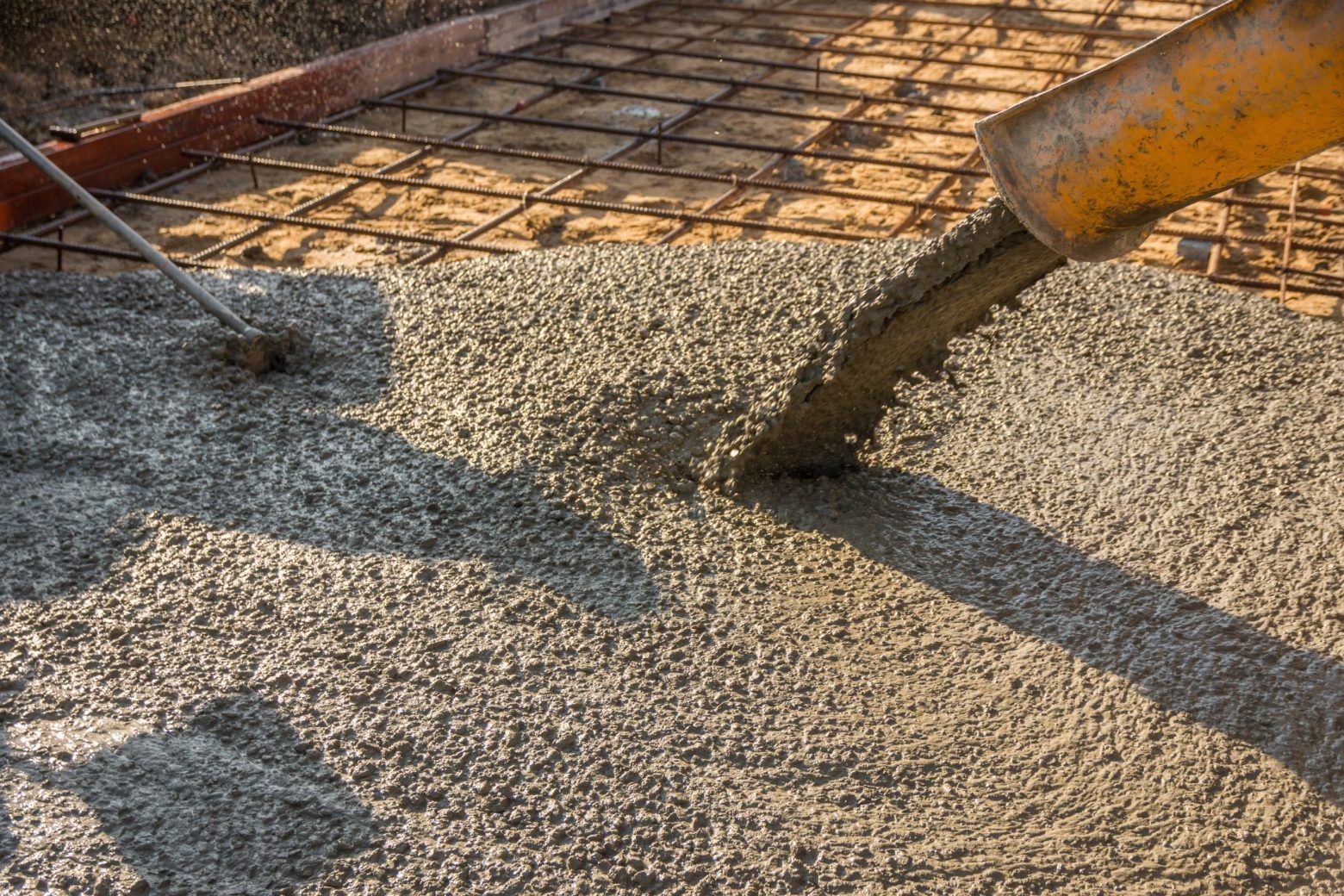An Essential Guide To Aggregates
The chances are that if you work in the construction industry in some capacity, you are familiar with aggregates. Nevertheless, you might not realise how extensively they are actually used! In our modern society pretty much everything around us involves aggregates. For example, anything from streets, roads and pavements. If you are wondering how an aggregate actually works, it acts as a glue which sticks structural foundations together. In lots of scenarios, aggregates are made up of large quantities of concrete, but it may shock you that a few forms of aggregates are compromised of lots of day to day items. Plenty of household items ranging from cleaning products, medicine, and fertilizers are created from an aggregate-type substance.
Factoring this in, ‘aggregate’ is a pretty broad term. So what is this versatile material and what do you need to know about it?
What are aggregates?
60% to 75% of concrete's mass is made up of aggregate. It is essentially an mixture of rocks, ranging from gravel to sand, forming a large portion of the final concrete product. It’s essential to the mixture, and the parts of aggregate have a bigger impact on the final specs of the concrete in the end.
The shape and size:
To make a concrete blend, it’s necessary that you ensure that the aggregates are cleaned and do not contain any harmful chemicals or bits of clay. As well as this, size and shape are also crucial. Quality concretes contain a variety of sizes which will infer the amount of cement and water that is required for the process. This also determines the workability and the end product’s durability. A crooked aggregate with a ridged edges make up a mix that needs less liquid originated to get the necessary outcome. Despite the variance in the range of aggregate seemingly being somewhat insignificant, the qualities of an aggregate really impact the overall quality and properties of aggregate.
Various types of aggregate:
Granite
This specific version of aggregate is the most widely used solution for high-grade concrete, this is because it is available in several colours and varieties. It can also be used for decoration purposes in relation to a driveway or outdoor area. Granite is created from composed of quartz and mica crystals which establish the colour of the rock.
Limestone
Limestone aggregates are created through a break down of sedimentary rock. This version is most frequently used for road construction purposes.
Gravel
Gravel aggregates are sourced in a process that involves straining rocks and breaking down bits of stone. Gravel does not have the same strength that granite does, but it is, however, more cost-effective and cheaper to purchase in many cases. Another good thing about gravel is that it has lesser radioactive content. This type of aggregate is frequently utilised for making foundations and concretes, making the reinforced materials ideal for road construction purposes.
Secondary aggregates
These are established as a lower-cost alternative to limestone and granite and much more cost-effective, however, they are quite less strong. Secondary aggregates do possess a wide range of uses including road construction, reinforcing weaker soils and as a large scale filler. Sand is also classed as a secondary form of aggregate and gives you bulk and solidity to materials such as concrete. It’s also often used for decoration purposes.
In addition to this, recycled aggregates are also a great option for providing the quality materials that you may require. With lots of businesses and consumers getting more concerned about the environment, there has been lots of pressure put on businesses to reuse materials from more sustainable sources - aggregates are a key example of this. Recycled aggregates have in lots of cases become an ideal alternative to conventional ones, approximately 200 million tonnes of aggregates are used in the UK annually, and of this supply, around 57 million are sourced from recycled materials. They are created from surplus construction material that hasn’t been used or created from reprocessing materials preused used.
You might find yourself thinking how can benefit from utilising recycled materials such as aggregates? With the cost of quarried aggregates going through the roof, and the level of recycled products improving, recycled aggregates are slowly becoming a favoured and ideal alternative. Before this, the surplus aggregate would have been taken to a landfill site - but by using recycled aggregate it is now regarded as very beneficial for several reasons.
What is a recycled aggregate?
Recycled aggregates are made in a process of reprocessing materials that have been used in construction originally. They include sand, gravel, crushed stone, and asphalt. Basically, the term is in reference to materials that have been previously used in construction. A stage of the process referred to as reprocessing which involves crushing and mixing is then required for the aggregates making sure they meet legal requirements.
Benefits of using recycled aggregates:
Cost-effective
Another appealing aspect of recycled aggregates is their value for money - but this doesn't mean that you need to compromise on the quality of the aggregate. They will be the same standard as the new products coming from the quarry. Another key fact to consider is that if the recycled aggregate is created locally, the fee of transport will be decreased.
Eco-friendly
Recycled aggregates are deemed environmentally friendly and essential for the progression and growth of the construction industry in its pursuit to lower its emissions. They're very versatile in that they can imitate concrete and cement. Gravel mining requires a great deal of resources and is greatly harmful to the environment. To dispose of the surplus sand and gravel needed for any construction, all vegetation must be cleared to make room for digging. Because of the recycling of gravel coming from construction sites, there's a less of a need for continuous mining.
Applications of recycled aggregates
Big pieces of aggregate that have been crushed up can be used for many types of general bulk fills, as well as a base or fill for drainage structures and road construction. After the contaminants have been taken out through a process of screening and air separation and size reduction, the crushed aggregate can then be used for a range of purposes such as concrete for pavements, curbing, and bridge foundations.
Sustainability
The simple act of recycling the concrete provides sustainability in that it reduces the amount of landfill, any embedded excess material such as metal can be recycled too. Using this process of recycling the aggregate reduces the need for ‘virgin aggregate’. This, in turn, detracts from the impact of the aggregate extraction operation.
Aggregates in building and construction
Very frequently used in the building and construction industry, aggregates are a practical material due to their economy factor - they largely lower cracks and empathise the how strong the specific structure is. On the whole, ‘aggregate’ is a term used to describe gravels, sands or crushed up stones, which can be classed as coarse or fine. Aggregates are simply low maintenance, cost-effective and easy to lay, and can be used to complete or complement a landscape. Many people realise how lots of types of aggregate and the various different ways they can be used. If you are looking into making a few improvements to your garden or driveways, you’ll need to look into what aggregate do I need and where do I begin?
The various shapes and sizing:
To make an effective concrete blend, you need to ensure the aggregates you have are clean and do not have any excess chemicals or clay. Surprisingly, size and shape are also very important. Quality concretes contain a variety of sizes, this will impact the amount of cement and water that is required in the process. This also impacts the workability and the end product’s durability. A jagged aggregate with a rigid edge makes for a mixture that requires less fluid to get the desired effect. Although the variance in the types of aggregate seems minor, the attributes of aggregate affect the quality and properties of the end product.
Here at W M Thompson & Sons, we take great pride in our traditional values all while keeping up with modern technology and trends - this includes eco-friendly construction and the use of recycled aggregates. Since 1946, our family-run business offers all sorts of construction products in Dumbarton and surrounding areas. As one of the biggest quarrying and aggregate businesses in the west of Scotland, we are leaders in green construction and sustainability and it’s at the forefront of our business those. Our reasonable prices and quality services mean we can provide recycled aggregate products to construction companies across Scotland. As well as recycled aggregates, we can provide many other services including quarry products (type 1, stone, gravel and sand), concrete deliveries, landfill and waste disposal, plant equipment hire and haulage services. Get in touch with us today for more information on our services
